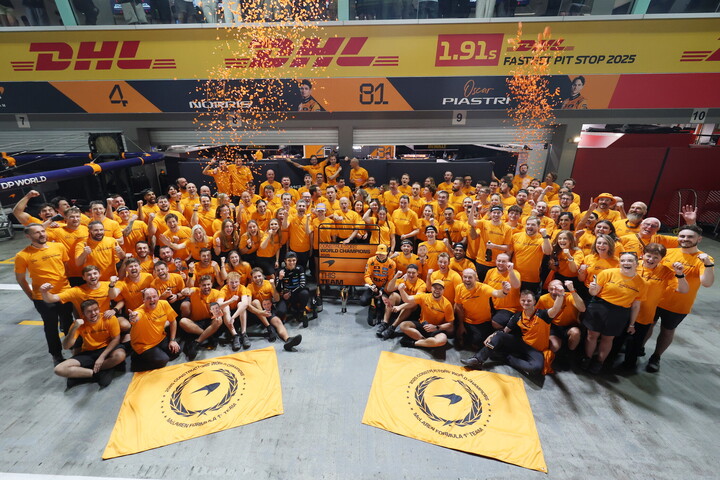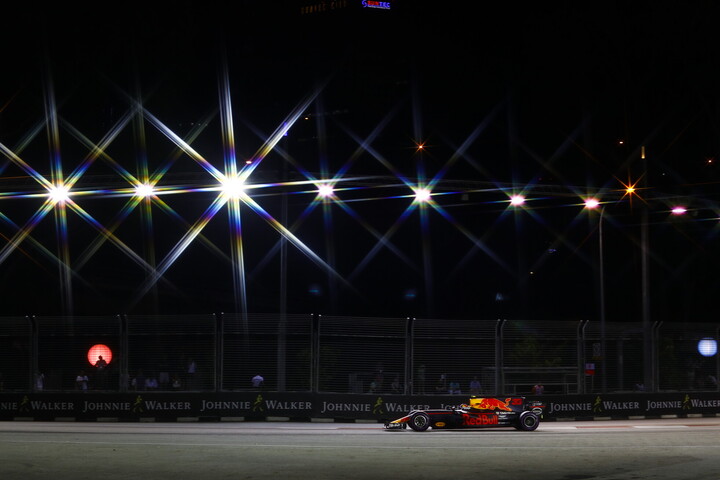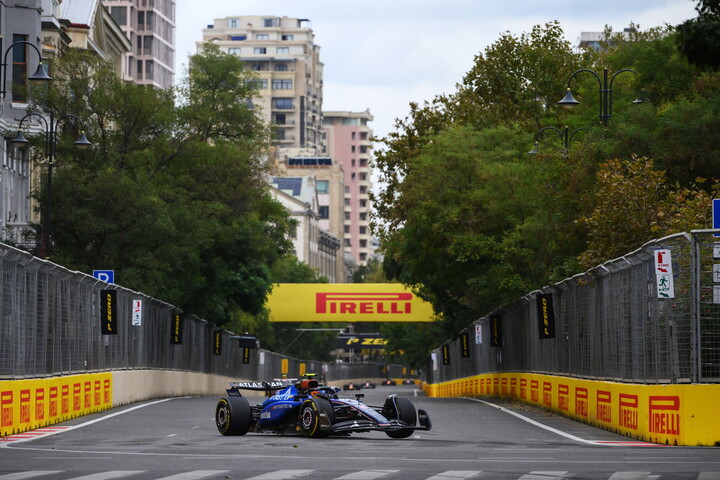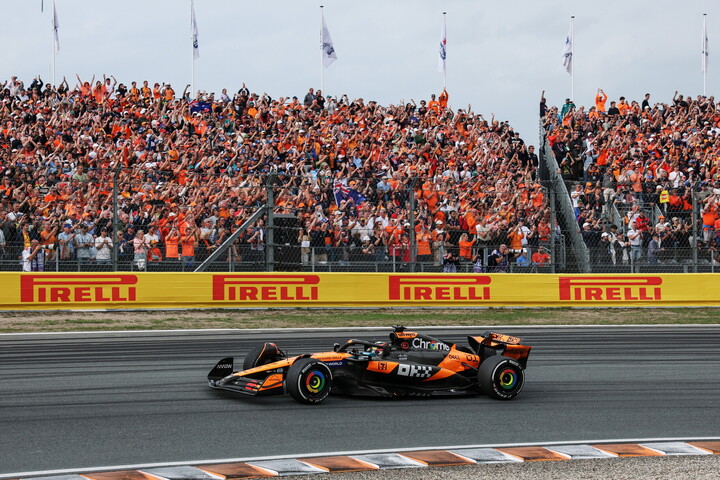Five Fast Facts about the US Gran Prix

Early beginnings
Six different circuits have hosted the United States Grand Prix as part of the Formula 1 world championship, but the race's history can be traced back to the ‘Grand Prize of the Automobile Club of America' – first held in 1908 and won by Frenchman Louis Wagner in a Fiat over a 40-kilometre course in Savannah, Georgia. The event was also staged in Milwaukee, Santa Monica and San Francisco before being discontinued. The first US GP was run in 1958 to sportscar rules, before it joined the F1 calendar a year later with a race at Sebring – won by Bruce McLaren after Jack Brabham ran out of fuel on the very last lap and had to push his car over the finish line.
Finding a home
After one year at Sebring and another at Riverside, California, the race moved to Watkins Glen in upstate New York for the next two decades. The US GP then dropped off the calendar for most of the 1980s, even though other races were held in the country under different names. A street track in Phoenix, Arizona, hosted three United States grands prix from 1989 to 1991, before Indianapolis returned to the calendar (which previously included the circuit's famous 500-mile race) at the turn of the century. Then, in 2012, the Circuit of the Americas opened in Austin, Texas as a purpose-built home for Formula 1 in the USA.

Constructing COTA
Plans for the Austin circuit were announced in July 2010, and construction commenced on December 31 that year – with the design overseen by established Formula 1 architect Hermann Tilke in collaboration with American firm HKS. The build process suffered some setbacks, mainly relating to contractual disputes, but the track was completed in time for Mario Andretti to officially open it on October 21, 2012 – by driving laps in a Lotus 79, the car with which he became America's most recent F1 champion in 1978. The circuit held its very first US GP just a few weeks later.
Elevation and undulation
Elevation changes were a key feature of the COTA design, and nowhere is that more obvious than at the distinctive Turn 1: reached via a steep climb of 11 per cent, which is combined with an ultra-wide entry that encourages drivers to take different lines. There was also plenty of unplanned undulation that formed after the circuit was built, with the soft soil underneath leading to an uneven surface that has required teams to run a higher ride height. Significant ‘milling' and resurfacing work has been carried out over recent years to smooth out the bumps.

Big in the USA
Lewis Hamilton has a clear affinity with the United States and has won the US GP more times than anyone else: he won the final race to be held at Indianapolis in 2007 (his second career victory, after he also won in Canada one week earlier) and then the first to be staged at Austin in 2012, before achieving four back-to-back victories there between 2014 and 2017. That's six wins in total, one more than Michael Schumacher managed to take at Indianapolis. Max Verstappen has won the last two US GPs, and a third win would bring him level with Graham Hill and Jim Clark, who both achieved hat-tricks at Watkins Glen in the 1960s.




